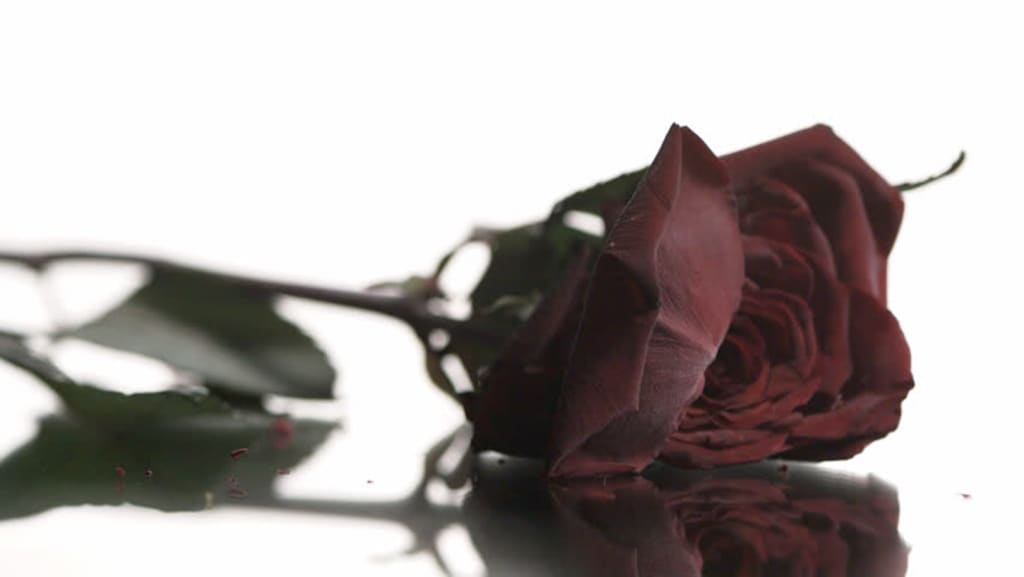Looking through the glass
the rain pouring so slowly
Drowning in sorrow
…
Is tomorrow gone?
no stars no dreams nothing seen
now where do I go?
Dear friend,
I wanted to take on a haiku and the poem I chose to imitate was from you in the Anthology of Wartime Haiku, into to poetry it goes,
“From the window of despair
May sky
there is always tomorrow
…
At daybreak
stars disappear
where do I discard my dreams?”
Pg100-101. I wanted to encapture almost like a similar style of words for example tomorrow, stars, dreams. I wanted to get the connection between poems by presenting these words in similar tones. I know you were in a really bad place where you wished everything was over and that you could finally go home. I chose to encompass those feelings you might have felt. By choosing my first line to be “looking through the glass” almost like a reflection in your poem of its first line being “From the window of despair”. I wanted to bring forth the imagery of the poem and have a new modern audience see through the window that it is pouring rain outside as maybe you were inside writing your poem. I wanted people to see the true sorrows you may have been through being in an internment camp and the pain it caused you to try and live on. Even though you had said it was a May sky meaning it was in May at the end of Spring and beginning of Summer I wanted to bring a counterpart of myself into it. How whenever I am going through a tough time it is usually when it’s raining. The rain just symbolizes for me the dreadfulness and freedom to cry, with my cries being muffled by the rain. I hope this is alright for you and you don’t see it drift much apart from your poem. In my second stanza just like you had written “Where do I discard my dreams?” I wrote “Now where do I go?”, I wanted to say that you were the dreams and now were deciding what to do.
I wanted to show the power of alliteration I know as a fellow friend you would love from your writing skill level. I chose to input this to symbolize the word no and nothing in stanza 2 line 2. With alliteration I could help display your work on one line instead of multiple. This helps in bringing rhythm and the importance that there is nothing surrounding this poem. There is an abyss of nothing, and it is the speaker’s choice to see where maybe they can go.
I know you like free-style haiku and from the last lines from the stanzas you would end that would be 7 syllables instead of 5 in retrospect, a traditional haiku ending and starting with 5 syllable lines and in the middle being 7 syllables. I tried to form a nice sounding rhythm to your poem to intrigue an audience to go on a poetic rhythm as they continue reading on. I wanted to fight your notion and capture the traditional haiku to show you that it also could work with your poem and what you are trying to say about being boxed in and not being able to live your life freely. From being on one side of the window and watching the world pass by as you sit and write poetry to show what had happened during World War 2.
My dear friend people are drifting apart from history so I wanted to make this poem to pay homage to your poem. It deserves to be read and analyzed by poets throughout. I thank you for writing something so deep and emotionally beautiful. That is why I made this to show people today the dreams that were crushed, the pain and abuse you had gone through, and most importantly the historical aspect of when you wrote this. Today, there is something similar as to when you were in the camps. It is a war. A war on Gaza and the Palestine people. How they now have to leave their homes just like you did or they would face death. Even today they are still facing it and don’t know whether they can get it tomorrow. My dear friend this is why I wrote this homage poem, to have these people who are oppressed know they are not alone and that we the people see them. Like how we saw you guys we will not remain silent.
With deep love and understanding your friend,
Kelly Flores



